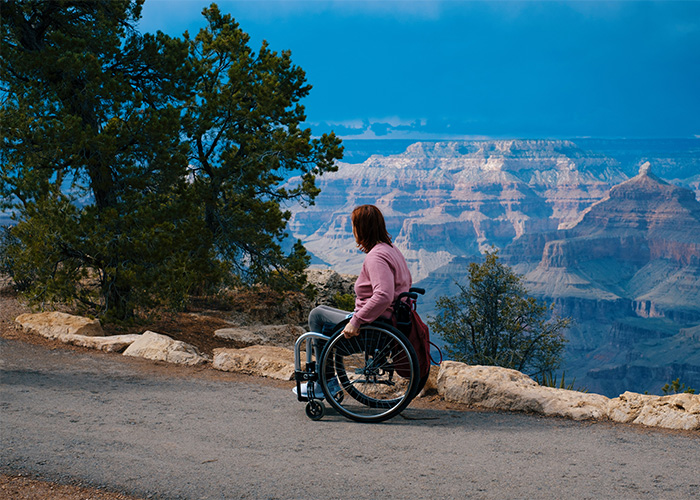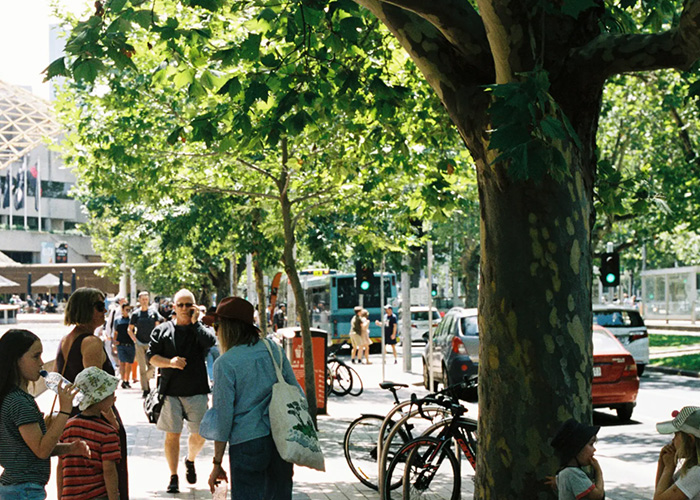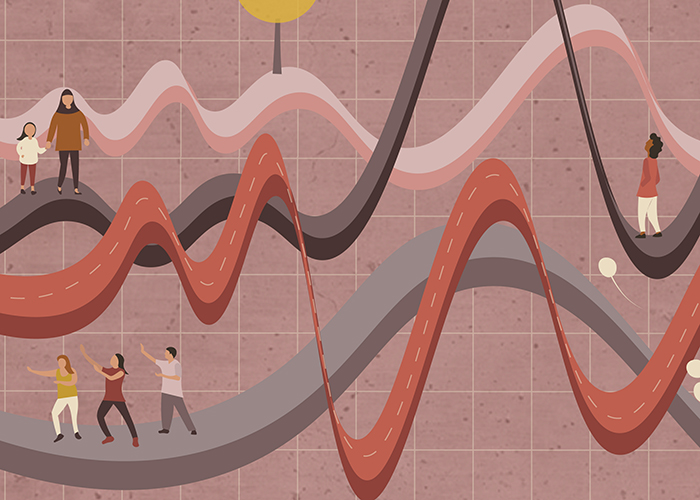‘I wanted that self-reliance back’ – disabled hikers forge a new path: A growing movement of disabled people are taking steps to enable independent access to the natural world, writes Amanda Morris for the NY Times. The pandemic has brought a rise in outdoor recreation, with growing visitation numbers for national parks, however not all are equipped for accessibility. Disabled people are taking initiatives to improve independent access, including “publishing trail guides, establishing nonprofits to empower others through equipment, advocacy and training, and testifying before congress,” says Morris. In the United States in April 2021, “disability activists testified at a hearing on Capitol Hill, in front of members of the House National Resources Committee, which oversees the Park Service, to push for greater accessibility in outdoor spaces and call attention to …
streetchat

Cities People Love
Street trees and addressing liveability inequity: Street trees have the capacity to impact the liveability of suburbs, should community members be included in the design and planning of urban greening, say Melanie Davern, Dave Kendal and Camilo Ordonez Barona in an article for Cities People Love. The RMIT, University of Tasmania and University of Toronto researchers write that “street trees and urban forestry provide a great example of a ‘nature-based solution’ to building environmentally sustainable liveable cities that provide multiple benefits.” Although the benefits of urban greening are well known, there is inequity in the distribution of street trees. “Disadvantaged communities in cities characterised by a lower level of income and education, and, in some cases, higher percentages of minority populations, tend to have less street tree cover and less …
Cities for “small men” – gender and urban planning: In The City for “Small men” – mode, median or just plain mean? Claire Martin, landscape architect and Associate Director of OCULUS’ Melbourne studio, outlines gender sensitive thinking concepts and methodologies for urban planning. In the world of medicine, until relatively recently the World Bank reports that “medication doses [were] typically adjusted for patient size with women considered ‘small men’” – Martin writes that “despite women, girls, and sexual and gender diverse people making up over 50% of the world’s population, it seems Western planning, like medicine, has had a similarly blinkered view of men as the locus for the universal model.” “While gender inequality impacts people of all ages and backgrounds looking at the person specifically, not typically, is paramount …




